Food & Drink Packaging Trends 2023
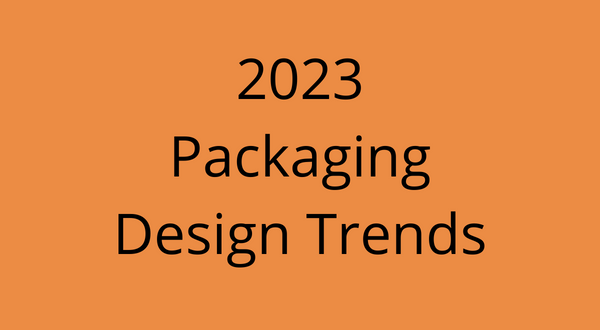
With years of experience as a food & drinks packaging supplier, we make our predictions for 2023's food & drink packaging design trends.
Whilst sustainability, recycling and responsible packaging continue to be key, there are also other factors emerging…
A Quick Look Back at Key Factors that Affected the Market in 2022
Firstly, to give 2023 some context, we’re sure that no one needs reminding that 2022 was a highly ‘unpredictable’ year:
- costs rose sharply due to supply and demand issues, including raw materials, energy (fuel rose by 17.2% in the year to November 2022) and sea container shipping, all impacting businesses’ bottom line and the supply chain
- the UK plastics tax came into force in 2022, applicable to plastic packaging with less than 30% recycled content (read our article on the plastics packaging tax)
- the Brexit deal affected the supply chain, tightening the availability of materials such as glass, as well as affecting the labour market
- the war in Ukraine impacted on price and availability of glass packaging
- high inflation, affecting individuals’ buying patterns (according to The Guardian, inflation jumped to 11.1% in October 2022, from 10.1% in September, higher than market forecasts)
2023 Food & Drink Packaging Trends
External factors continue to affect the packaging market during 2023, including continued high inflation, cost of living and energy rates, as well as the fluctuating availability of materials and labour. With these in mind, here are our predicted packaging trends for 2023:
- Packaging Cost Optimisation
With continued high inflation rates during 2023 (albeit The Bank of England suggests that these may reduce later in 2023), consumers’ buying patterns will be affected as they will look for more ‘value for money’ purchases.
Therefore, offering premium-looking packaging at a non-premium price point is likely to increase. For example, ‘right weighting’ should be investigated if it saves material and reduces the weight of the packaging, whilst keeping the functionality intact. The lighter weight of the packaging also reduces the impact of CO2 by lowering the weight of the product being transported. - Using more sustainable materials
Here are some of the growing sustainable pointers:
Recycled Materials:
There is a growing amount of packaging made from recycled plastics, using food-grade post-consumer waste, such as rPET ( as in our rPET tulip bowl).
This helps to close the sustainable loop as rPET can be recycled again once used. Moving away from traditional design (make, use, dispose), to recycled or recyclable materials, the disposal stage can then be fed back into the creation of a new product.
If there is at least 30% recycled plastic content in the packaging, no Plastics Packaging Tax (£200 per tonne) is due. However, there is currently limited availability of recycled plastics, so right–sizing (see 1 above) may be an additional consideration.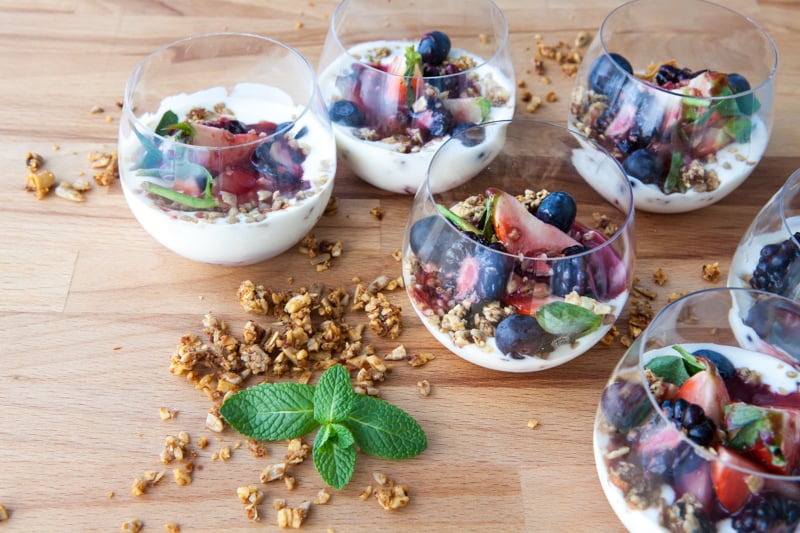
Aegg's 230ml tulip bowls, made from rPET (a food-grade post-consumer-recycled material)
Recyclable materials:There are a whole range of materials that can be widely recycled. Glass is infinitely recyclable, so it continues to be an excellent option. Within plastic food packaging, look out for recyclable PET, as well as PP (PP is also suitable for microwave use). PET plastic packaging is growing in demand as it is now accepted that it can be widely recycled and many countries now have good facilities in place to recycle it.
Plastic prices are generally stable and, as there are many plastic manufacturing facilities based in Europe and further afield, it is easy to source close to home.Paper-based packaging:
There is an increasing use of ‘paperization’ in some consumer packaging, using paper materials to replace other types of packaging, which is starting to filter through to confectionary packaging. However, Packaging Europe suggests “we will not be seeing fibre-based packaging entirely replacing plastics anytime soon – or at all.” So paper-based packaging is a trend to watch… - Security of supply
With China’s output severely affected by COVID, many businesses are now reviewing their sourcing options. The availability issues in Europe and from China, particularly with glass packaging, over the past 12 months has resulted in businesses looking to source from other regions.
Aegg works with partner factories in Turkey, Middle East, Far East and South America to ensure availability at competitive prices. In addition, Aegg has set up its own recyclable plastic packaging manufacturing facilities in the UK, complete with its own R&D team, creating rPET and PP pots for desserts and starters.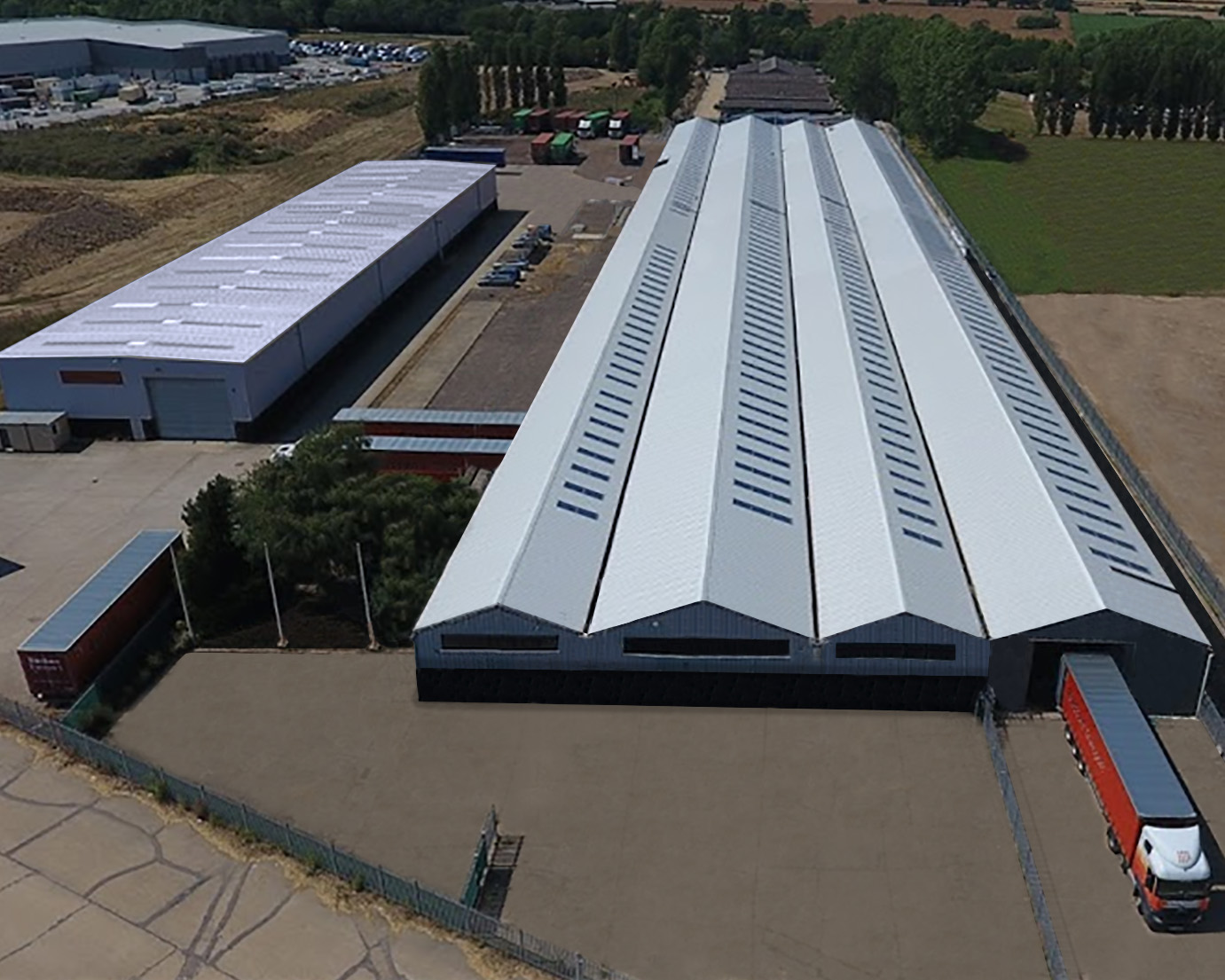
Aegg's UK packaging manufacturing facility - Making packaging interactive
There is a big increase in usage of QR codes on outer packaging, such as printed labels. This allows the food or drinks producer to make the experience more interactive, by linking to online brand stories, instructions, recipes or even online reviews. - Bespoke packaging
With the advancement of machinery, packaging moulds, and printing technology, packaging can now be tailored for more bespoke designs. For example, Aegg’s glass spirits bottles can include embossing, debossing, frosting, screen print and colour spraying. Plastic packaging can also be similarly tailored, including this embossed logo for our glass ramekins found in most retailers.
Aegg's Yenice spirits bottle can be tailored for bespoke designs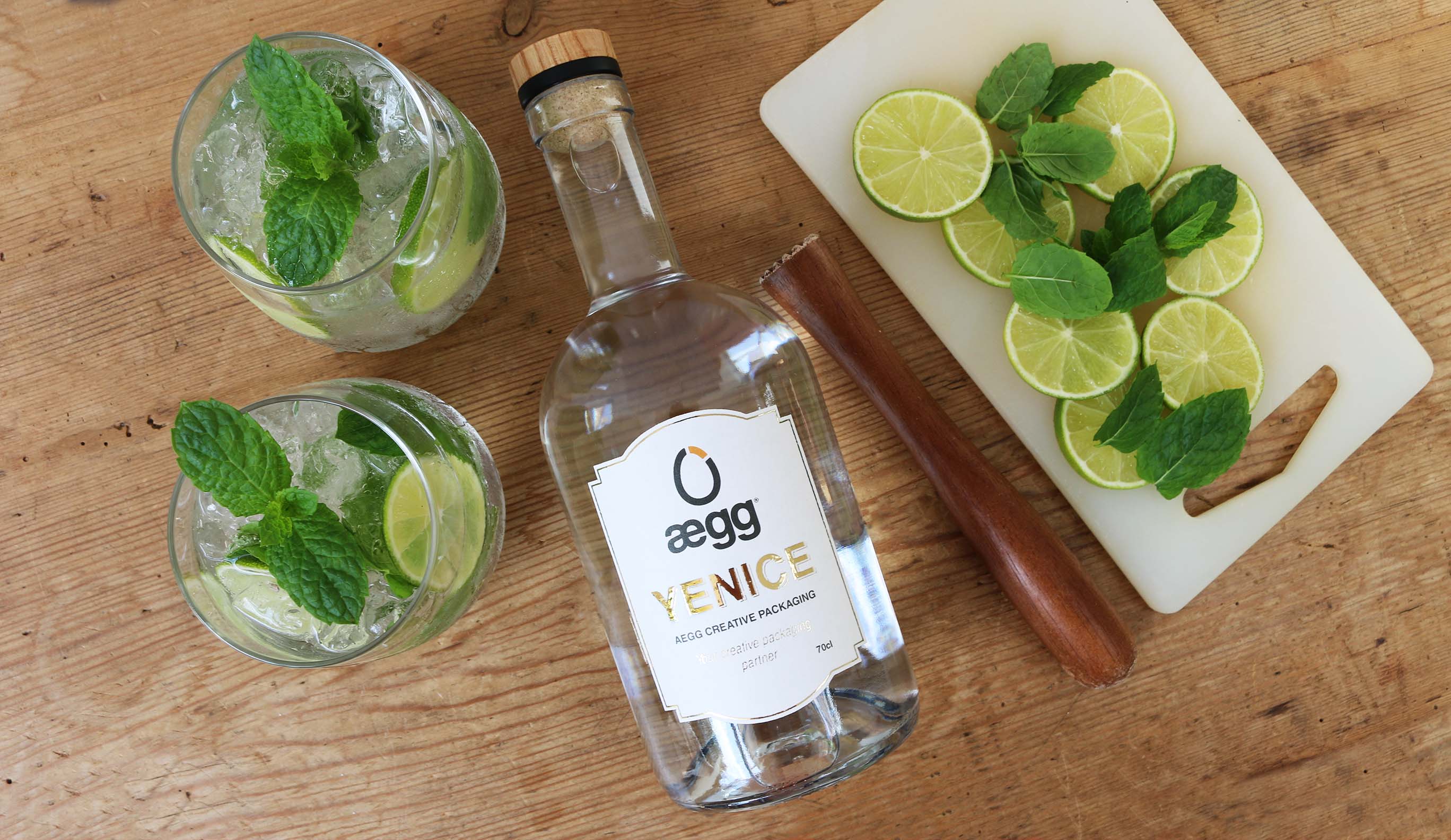
- Evolving design to reflect customer attitudes
The end customer and fillers are beginning to accept that plastic bottles made from PET bottles have slight colour variations due to the post-consumer-recycled material being added. In addition, more and more packaging is being made with natural materials with no added colour, such as plastic milk bottle tops which are no longer green or blue.
In order to create customer shelf appeal, some design houses are coming up with novel design shapes to attract the customer attention. The key element moving forward will be how to create these products cost effectively on a larger scale. - Recycling rates continue to affect packaging material prices
The world needs to improve its domestic and commercial recycle collection processes because, although we think we are good at recycling plastics, glass and paper, there is still too much going to landfill.
Cardboard and paper recycling companies struggle to collect high quality post consumer materials for reintroduction, as well as glass and plastic. For plastics, currently the cost of good quality PCR (post-consumer recycled) PET material is more expensive than virgin PET material and food contact approved grades are still not readily available, further keeping costs high. - Innovations to increase shelf life
The consumer in these hard times is starting to challenge the shelf life on food products. Food products have traditionally been filled under inert gasses to keep out the oxygen to extend the shelf life. Some plastics allow the inert gasses to migrate through, but a number of companies are investigating a plasma coating of the food containers, which improves the shelf life but does not affect its ability to be recycled (unlike co-extruded containers).
Glass has always been an alternative material with high barrier properties to migration and well proven methods of pre and post sterilisation.
It is always worth carrying out research into which packaging product is suitable for the intended use.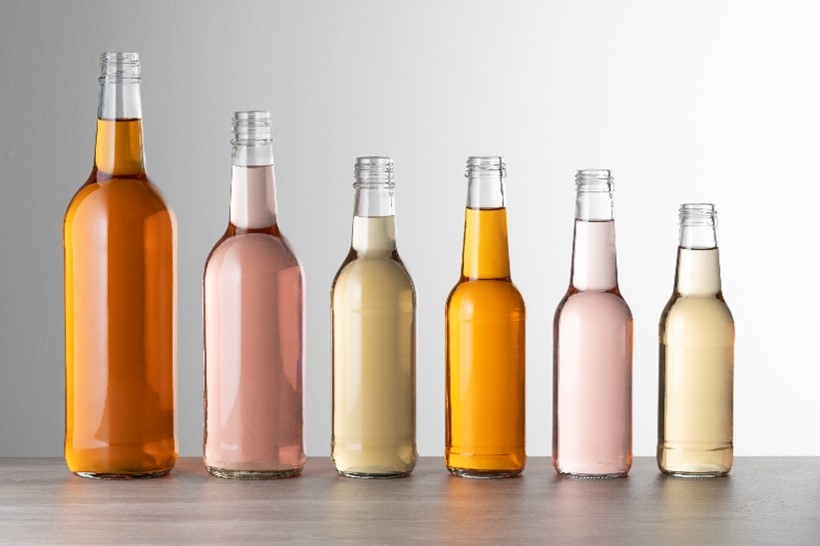
A selection of Aegg's glass drinks bottles
Aegg is a dedicated food and drinks packaging supplier. Please get in touch if you would like to discuss a packaging project with us.
To receive future articles like this in your inbox, click the button below:



